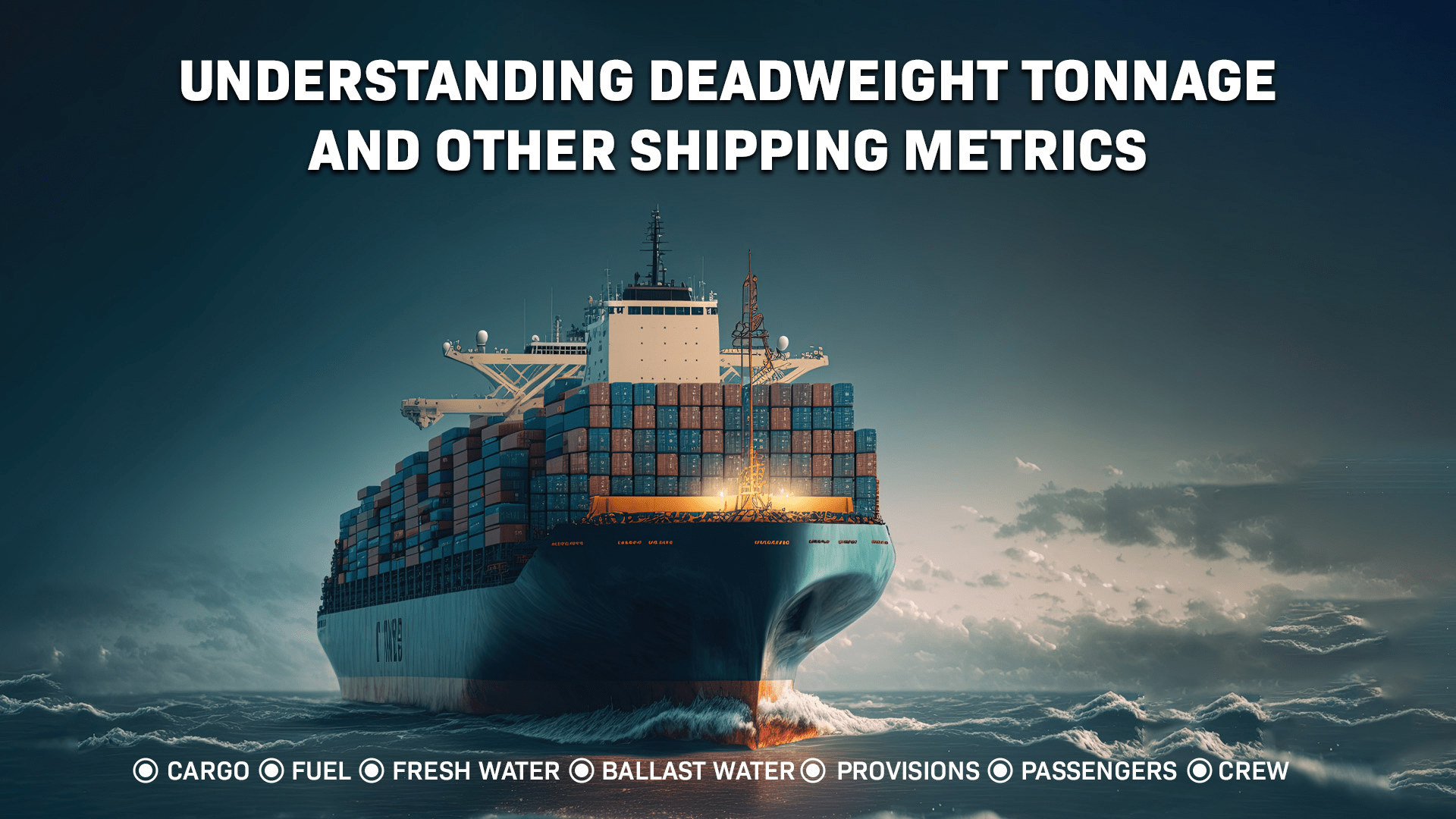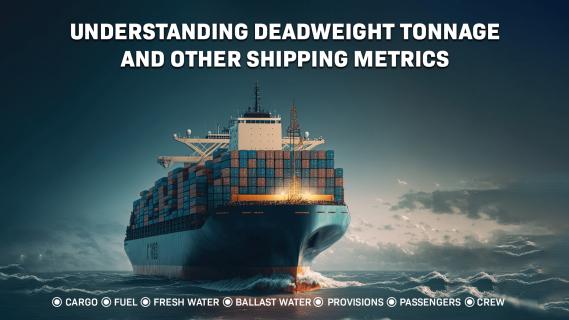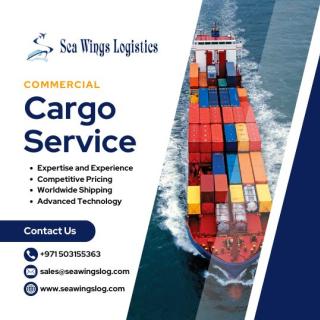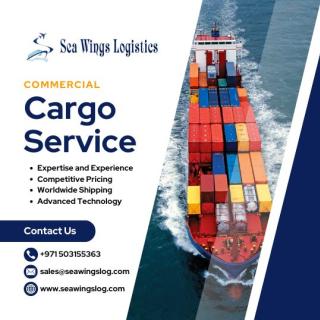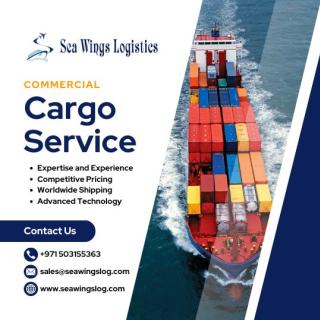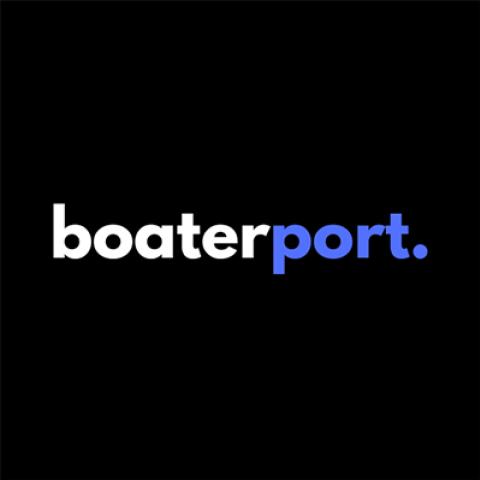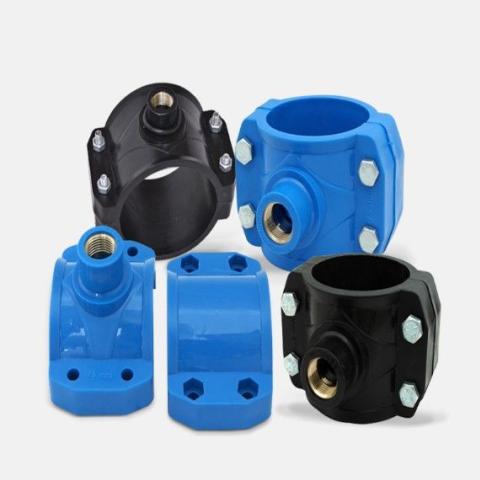Best Freight Forwarders in UAE
When seeking Freight Forwarders, it’s crucial to understand the
various metrics involved in shipping logistics. Freight forwarding companies
often deal with different types of tonnage measurements, impacting freight
forwarding service operations, particularly in ocean freight logistics. Whether
you're looking for LCL
transportation, obtaining an LCL quote,
or arranging LCL shipping, understanding these measurements can help optimize
costs and efficiency.
Deadweight Tonnage (DWT) vs. Displacement Tonnage:
While DWT gauges carrying capacity sans the ship's weight, displacement tonnage
encompasses the vessel's weight.
Deadweight Tonnage vs. Gross Tonnage: Unlike DWT,
gross tonnage solely reflects the ship's internal volume, devoid of cargo
considerations.
Deadweight Tonnage vs. Net Tonnage: Net tonnage
evaluates usable space exclusively, contrasting with DWT's focus on carrying
capacity.
Deciphering Gross Tonnage
Gross tonnage denotes the vessel's internal volume,
independent of cargo. Calculated by dividing the enclosed space's cubic feet by
100, it derives from variables V (total volume in cubic meters) and K (a
multiplier).
Net Tonnage: Beyond Initial Impressions
Often misconstrued, net tonnage diverges from gross
tonnage by accounting for essentials such as crew, machinery, engine room, and
fuel. It represents the space available post-essential deductions, reflecting
the vessel's accommodation capacity.
Decoding Displacement Tonnage
Displacement tonnage quantifies the water volume
displaced when a ship floats, measured in cubic meters. Notably, it encompasses
fuel tank capacity and onboard stores, categorized as "light" when
excluding cargo and "loaded" when incorporating cargo, bunker fuel,
and stores.
Significance of Tonnage Measurement
While seemingly esoteric, tonnage metrics underpin
crucial shipping regulations and financial assessments. Gross and net tonnage
guide port dues computations, canal tariffs, and other regulatory fees,
ensuring equitable industry practices.
For businesses exploring freight shipping near me, a
nuanced understanding of tonnage metrics empowers them
to optimize shipping strategies, minimize costs, and navigate regulatory
landscapes effectively. Differentiating DWT from gross tonnage, net tonnage,
and displacement tonnage is imperative:
Deadweight Tonnage vs. Displacement Tonnage: While DWT
gauges carrying capacity sans the ship's weight, displacement tonnage
encompasses the vessel's weight.
Deadweight Tonnage vs. Gross Tonnage: Unlike DWT,
gross tonnage solely reflects the ship's internal volume, devoid of cargo
considerations.
Deadweight Tonnage vs. Net Tonnage: Net tonnage
evaluates usable space exclusively, contrasting with DWT's focus on carrying
capacity.
Deciphering Gross Tonnage
Gross tonnage denotes the vessel's internal volume,
independent of cargo. Calculated by dividing the enclosed space's cubic feet by
100, it derives from variables V (total volume in cubic meters) and K (a
multiplier).
Net Tonnage: Beyond Initial Impressions
Often misconstrued, net tonnage diverges from gross
tonnage by accounting for essentials such as crew, machinery, engine room, and
fuel. It represents the space available post-essential deductions, reflecting
the vessel's accommodation capacity.
Decoding Displacement Tonnage
Displacement tonnage quantifies the water volume
displaced when a ship floats, measured in cubic meters. Notably, it encompasses
fuel tank capacity and onboard stores, categorized as "light" when
excluding cargo and "loaded" when incorporating cargo, bunker fuel,
and stores.
Significance of Tonnage Measurement
While seemingly esoteric, tonnage metrics underpin
crucial shipping regulations and financial assessments. Gross and net tonnage
guide port dues computations, canal tariffs, and other regulatory fees,
ensuring equitable industry practices.
In essence, a nuanced understanding of tonnage metrics
empowers businesses to optimize Ocean
shipping strategies, minimize costs, and navigate regulatory
landscapes effectively.
